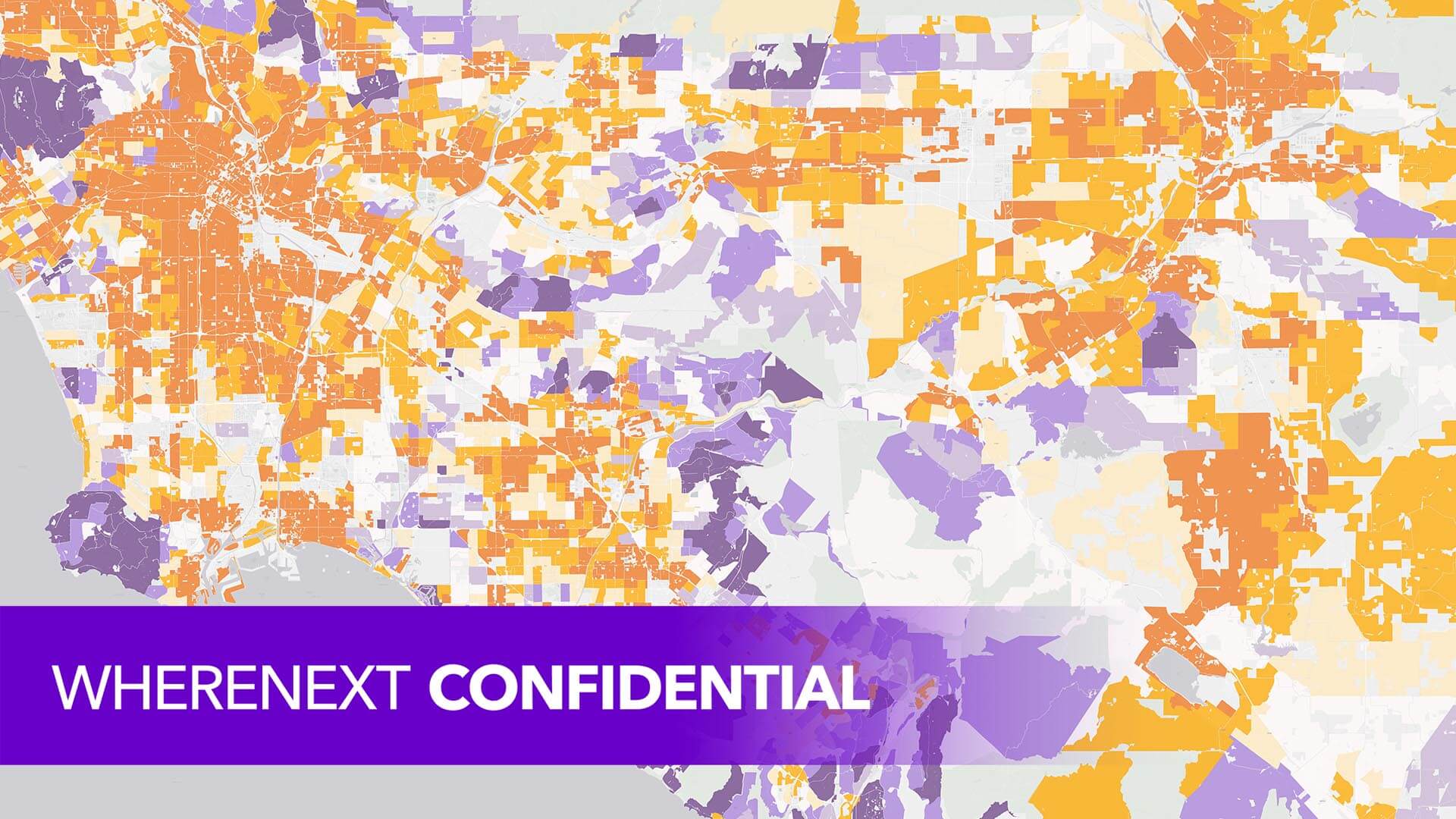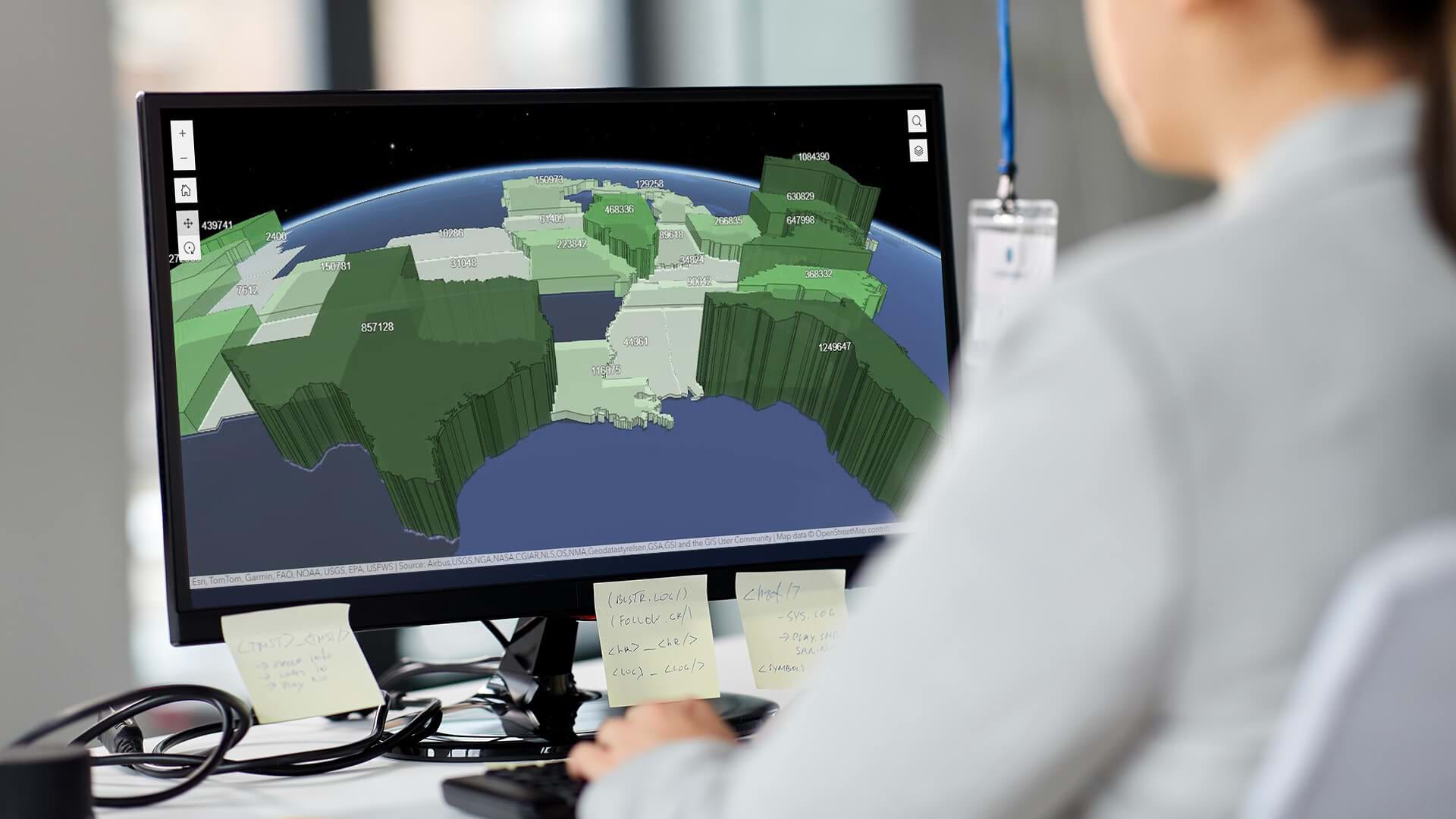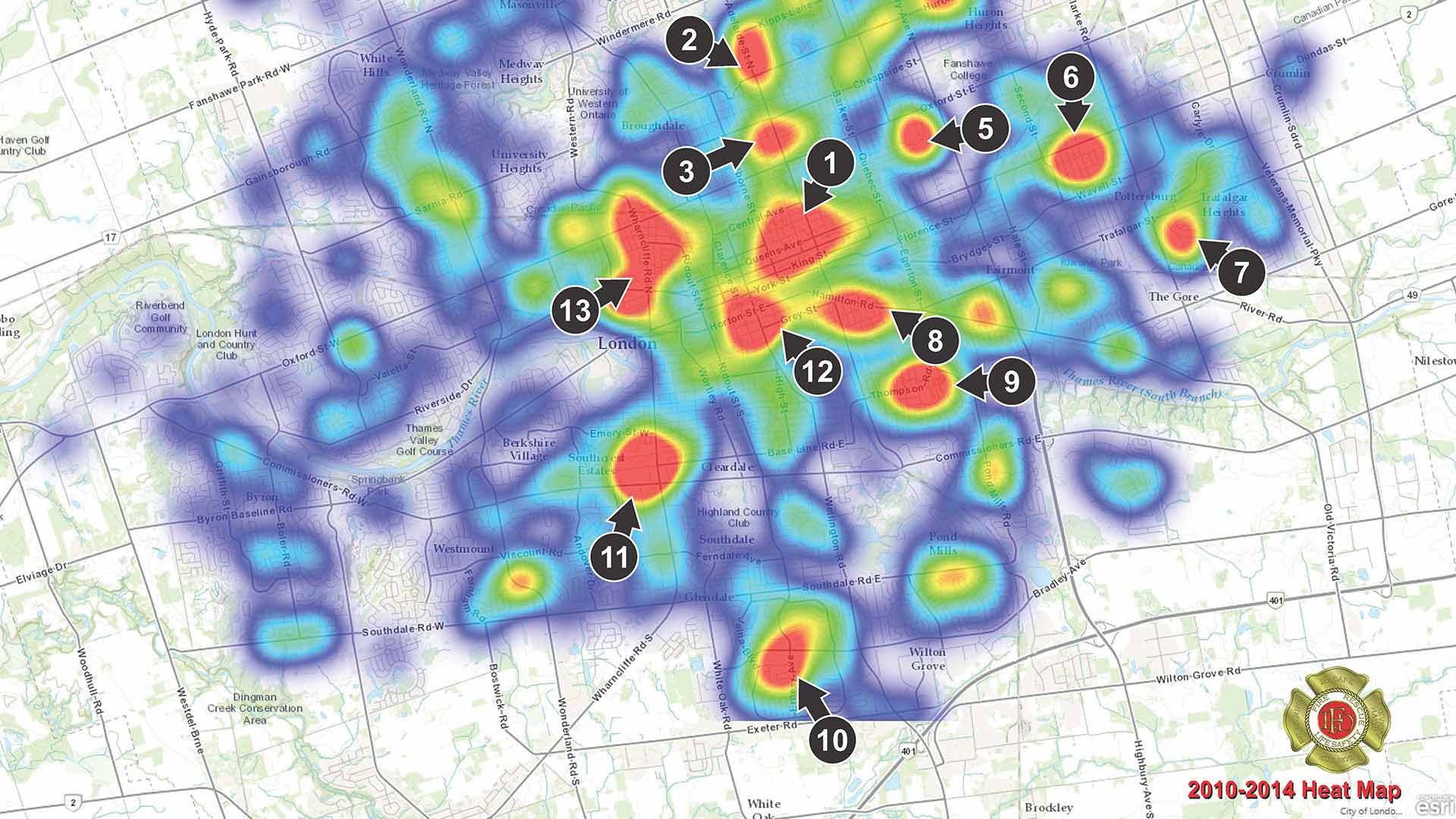Editor’s note: All articles in the WhereNext Confidential series are accessible here.
If modern commerce is a dating game, with consumers searching for brands they can trust and companies looking for loyal customers, psychographics is the tool that reveals their compatibility.
Psychographic profiles—also known as personas or customer segments—identify consumer groups by behaviors and beliefs. Picking up where demographics leaves off, a psychographic profile illuminates the motivations behind spending decisions, based on anonymized survey data, focus group research, and social media analysis.
What makes this approach particularly valuable is how location data enriches psychographic insights. When companies understand not just who their customers are and what they value, but where they go and how they interact with physical spaces, they unlock more meaningful customer connections and tailored experiences. WhereNext spoke to three industry insiders about how this combination is driving business growth.
Psychographics in the Right Location
Psychographic analysis has become standard practice for financial advisers, apparel manufacturers, hoteliers, international restaurant chains, and countless other businesses.
Within these organizations—and the three companies featured here—analytics teams are using geographic information system (GIS) technology to understand where and how consumer groups spend their time and money.
Viewing psychographics in a geographic context helps businesses:
- Find the best locations for operations.
- Design marketing messages that speak to specific types of customers.
- Create retail experiences aligned to customer expectations.
“Psychographics are one element to really understand your market and clarify your go-to-market strategy, and how to get the most bang for your marketing buck,” says a research specialist and GIS professional at a global hardware chain.
The History and Use of Psychographics
Market planners and CMOs tend to get the most out of psychographics when they see it as a science and an art—blending location analysis with business savvy to understand customers and outflank competitors.
As a business practice, it’s been around for ages, with archaeological evidence suggesting that even Bronze Age merchants segmented Aegean trade routes based on the social and cultural preferences of customers.
The idea that psychographics could be an objective field of study arose in the post-war era. During those years, marketers began to focus less on differences between products and more on the lifestyles consumers aspired to.
By the late 1970s, the insights of sociologists and psychologists like Abraham Maslow were informing commercial research programs on values and lifestyles. Pepsi famously courted the youth generation by appealing not just to the age of its target consumers, but to their beliefs and lifestyles.
To allay privacy concerns, companies typically wipe identifying features from data to create anonymous views of consumer behavior. Insiders say this psychographic data helps them achieve a primary business goal: understanding where customer groups are and whether they’re compatible with certain brands.
Seeing Where Trade Areas and Personas Intersect
In the corporate realm, the analysts who advise on site selection for new stores, warehouses, or offices often specialize in psychographics.
“Psychographics, even at a basic level, have always been able to help us understand where we should open,” says a GIS manager in real estate analytics at a major apparel brand. “Basically, [for] every new store that we brought into our fleet in the past two years, there’s been psychographic data that I’ve been able to provide.”
The apparel company owns several brands, each with its unique customer persona. An athleisure line attracts female shoppers who follow celebrities and athletes on social media and exercise often. They are increasingly buying based on quality more than price—an important insight that informed executives’ shift away from fast fashion.
Psychographics helps analysts capture such nuances and go deeper than simple demographics. Knowing the average income of a customer segment, for instance, leaves important questions unanswered.
“That’s where we need psychographics,” the GIS manager explains. “Ok, you have $150,000 as an income, but how much of a percentage of that are you spending on clothing?”
With GIS as their lens, business leaders can transform abstract customer insights into concrete location strategies–revealing hidden patterns that guide everything from store placement to hyperlocal campaigns.
A Geographic Approach to Tailoring Marketing Messages
Beyond pinpointing ideal store locations, psychographic insights also help brands make strategic choices about how to draw customers into those locations.
At an Americas-based retailer with thousands of stores, psychographic data enables marketing leaders to fine-tune messages based on geography.
“We have a huge amount of stores that we can look at and see what constitutes a good store, what are the demographics and psychographics around that store,” says the company’s GIS supervisor. With that insight, the retailer “can think about where we’re going to and who we want to market to.”
The brand’s core customer tends to be older in age and self-reliant in attitude, attracted to DIY projects and outdoor pursuits. But as the company looks to attract a broader range of consumers, it’s using location intelligence to increase its rapport with other psychographic groups. Smart maps reveal where the company’s ideal customers live, work, and play–illuminating areas ripe for expansion.
Outreach efforts to a key persona like “Home Improvement Dad” might involve spots on sports radio stations and in motorcycle periodicals. Capturing a segment like budget-constrained young homeowners might entail location-targeted online ads. The GIS team often uses infographics to share these location-based insights and psychographic traits with salespeople and marketers.
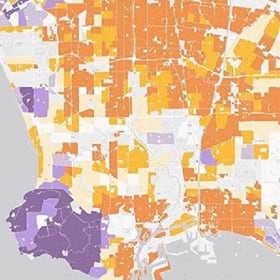
Whenever you're looking at income and education level and even race, that's the bigger picture. And then whenever you're tailoring—and that's when psychographics [plays] a role—it just becomes a much clearer picture of who's there and what they're doing and what they need.
How Psychographics Fuel Customized Retail Experiences
Psychographic intelligence even extends to the most granular level of customer engagement: transforming the in-store experience with tailored experiences that speak directly to specific segments.
One international hardware chain employs several types of store formats across its network, ranging in size from 5,000 to 100,000 square feet, to meet the needs of groups including industrial clients and Main Street retail consumers.
The firm’s market research supervisor uses psychographics to advise store operators on how to tweak merchandise and store designs to meet customer needs.
Through a GIS map she creates for each store, she analyzes the top three personas at 3, 5, and 10 miles around the location, and shares that information along with suggestions for how to use the data. Awareness of those personas could inform choices as detailed as what music to play on the radio or as large as whether to add a garden section.
Psychographic insights have become important as the brand looks to expand the length of store visits and the range of customers it attracts. In fact, customer segmentation is helping motivate store owners to adopt the updated store design, which is meant to appeal to a broader audience, especially the female demographic.
“We’re working on lengthening those transactions, so people want to shop, browse, hang out,” says the market research leader. “This is where customer segmentation has been super exciting for me.”
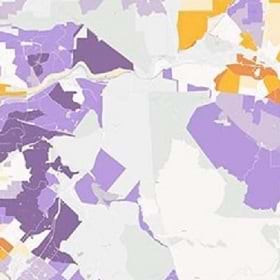
Establishing compatibility with consumer groups is as much about knowing their values as it is about knowing which zip codes they favor.
Bringing Customer Segments to Life with Maps
For many analysts, psychographic profiles are a more interesting and textured way to communicate with marketers, real estate leaders, and executives.
Talking to colleagues about college-educated males ages 18 to 35 in the Milwaukee region can draw stares, while bringing up a “College Town Football Fanatics” infographic might elicit a chuckle of recognition. Maps have become an intuitive way for leaders to discuss compatibility with key customer groups.
As the apparel brand GIS manager puts it: “GIS and psychographics are the perfect blend of excitement and analytics to get everyone more enticed and more interested in the analysis that we’re trying to provide.”
The Esri Brief
Trending insights from WhereNext and other leading publicationsTrending articles
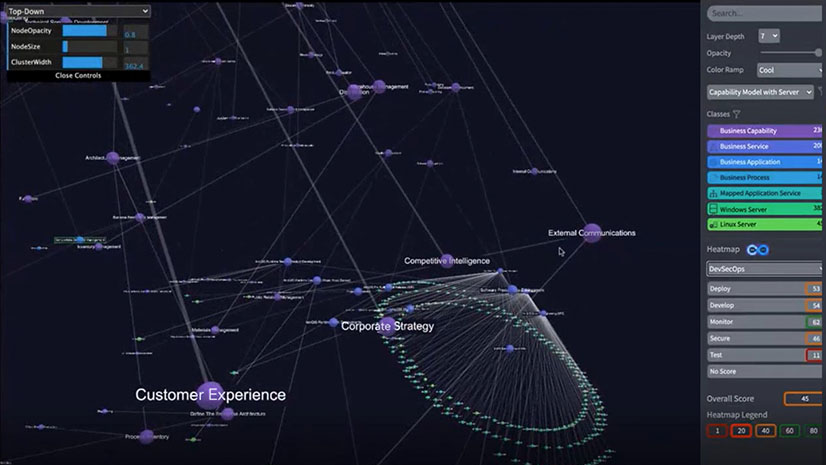
December 5, 2024 |
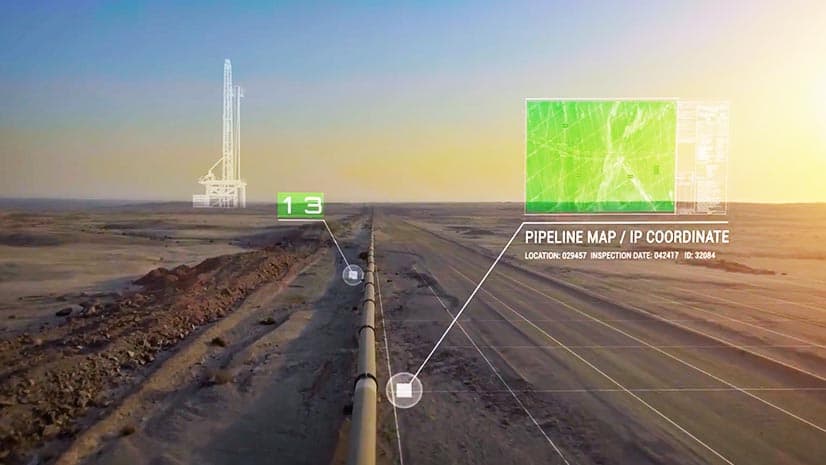
November 12, 2018 |
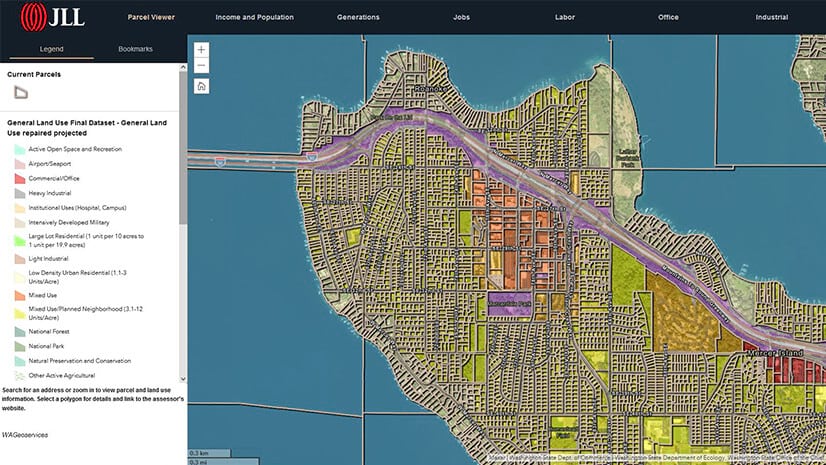
July 25, 2023 |

February 1, 2022 |
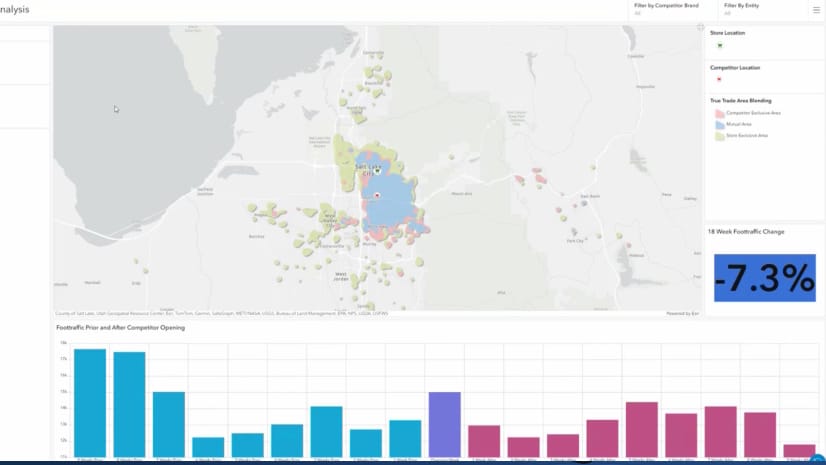
November 18, 2025 |

November 24, 2025 | Multiple Authors |
